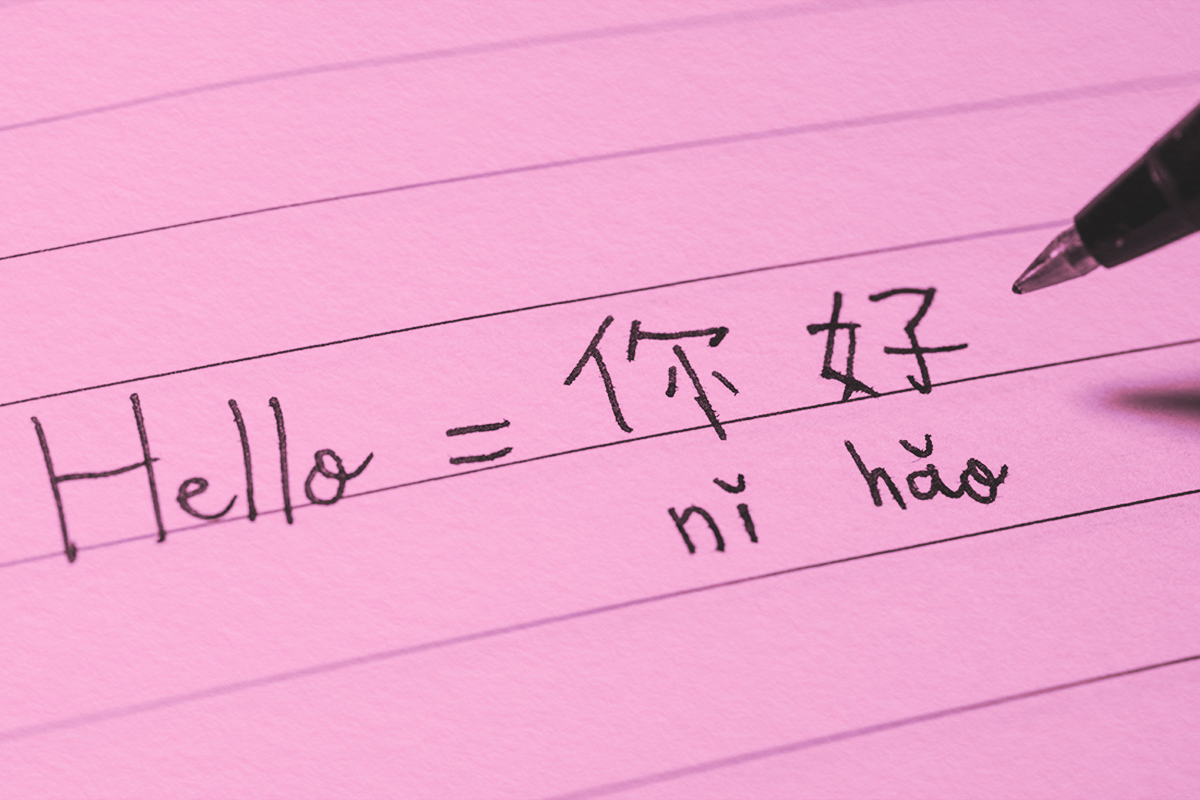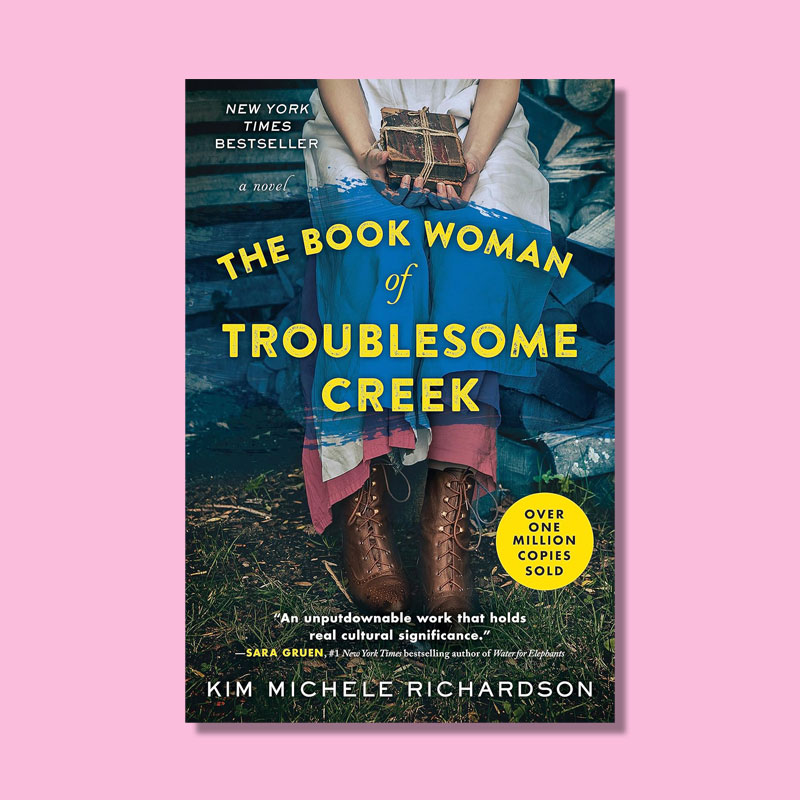What's the most difficult language to learn? | | Renowned for its complexity, Mandarin Chinese challenges English speakers more than any other foreign language. | |  | Rachel Gresh |
|
| |  | | I f you're one of 3.3 billion bilingual people worldwide, you've likely discovered that learning a new language isn't easy. I vividly remember toiling through years of French classes, culminating in the mundane ability to describe a cat's color and count how many apples are on the table. Perhaps I could ask where the library is if I visit France. Even with its challenges, though — all languages have them — learning French is one of the more accessible linguistic routes for native English speakers because it uses a Latin-script alphabet (as do English, Spanish, Italian, and Portuguese). Students might have to learn how different accent marks change pronunciation, but these languages are less demanding for English speakers because they use familiar letters and sounds.
A more significant obstacle arises with languages that use different writing systems. Any non-Latin script language is inherently more challenging for English speakers. According to the language-learning platform Babbel, the six hardest languages for English speakers to master (in increasing difficulty) are Danish, Turkish, Russian, Polish, Arabic, and Mandarin Chinese. Of these languages, half use non-Latin scripts. Russian uses the Cyrillic alphabet, Arabic has its own alphabet, and Mandarin (the most common dialect of Chinese) uses a logographic writing system in which glyphs (characters) represent words or morphemes (components of words). This difference in writing systems makes Mandarin Chinese daunting for English speakers.
Students of Mandarin Chinese must commit thousands of different glyphs to memory — quite a leap from the 26 letters of the English alphabet. This can make the learning process daunting, but memorization isn't the only hurdle. Tone plays a crucial role in all Chinese dialects, because the pitch of a word can alter its meaning. In English, tone conveys feelings or attitudes, but in Mandarin, it's essential for comprehension. There are four tones in Mandarin Chinese, meaning one word can be pronounced four ways, each with a different meaning. A classic example is "ma," which can mean "horse" or "mother" depending on the tone — "mother" is 妈 or mā, and "horse" is 马 or mǎ.
Despite these learning challenges, Mandarin remains the most widely spoken native language globally, a motivating factor for students to attempt to learn this tricky yet rewarding dialect. |
| | Continue reading | |  |
| |
| | Thanks for supporting our sponsors! They help keep Word Smarts free for everyone. | |
Emoji Decoded | |  | | Ninja | | | Meaning: Shows a figure wearing dark ninja garments and a blade behind one shoulder, often representing secrecy, stealth, skill, or someone moving quietly or undetected.
Evolution: This emoji was added in 2020, but the usage quickly moved beyond a literal martial arts meaning. It's used for stealthy behavior, which can be done neutrally or even skillfully, but it can also imply sneaky or deceptive actions.
Usage: [X post:] Me watching my ex's stories without liking them 🥷 |
|
 | | Ninja | | | Meaning: Shows a figure wearing dark ninja garments and a blade behind one shoulder, often representing secrecy, stealth, skill, or someone moving quietly or undetected.
Evolution: This emoji was added in 2020, but the usage quickly moved beyond a literal martial arts meaning. It's used for stealthy behavior, which can be done neutrally or even skillfully, but it can also imply sneaky or deceptive actions.
Usage: [X post:] Me watching my ex's stories without liking them 🥷 |
|
| |
Have you read? | |  | | The Book Woman of Troublesome Creek | | By Kim Michele Richardson | | A rare genetic condition gave the titular "Book Woman," a traveling librarian, blue-tinged skin, but she doesn't let the prejudices that fester in the rural mountains of Appalachia stop her from delivering her books to the people who need them. While this is fiction, it's a version of the real "Blue People of Kentucky," and gives insight into Depression-era Appalachia. | | | | Jennifer A. Freeman, Word Smarts Senior Editor | | | | We independently evaluate all recommended products and services. If you click on links we provide, we may receive compensation. |
|
 | | The Book Woman of Troublesome Creek | | By Kim Michele Richardson | | A rare genetic condition gave the titular "Book Woman," a traveling librarian, blue-tinged skin, but she doesn't let the prejudices that fester in the rural mountains of Appalachia stop her from delivering her books to the people who need them. While this is fiction, it's a version of the real "Blue People of Kentucky," and gives insight into Depression-era Appalachia. | | | | Jennifer A. Freeman, Word Smarts Senior Editor | | | | We independently evaluate all recommended products and services. If you click on links we provide, we may receive compensation. |
|
| |
|
![]()
![]()
![]()
![]()
0 Comments:
Post a Comment
<< Home